How to Choose the Right UTV Sprayer for Your Agricultural Needs
Choosing the right UTV sprayer for your agricultural needs can significantly enhance your farming efficiency and effectiveness. As farmers and agricultural enthusiasts are increasingly turning to Utility Task Vehicles (UTVs) for their versatility and utility, the demand for appropriate sprayers tailored to these vehicles has surged. A UTV sprayer not only optimizes the application of fertilizers and pesticides but also saves time and labor. However, with numerous options available in the market, selecting the perfect sprayer involves careful consideration of various factors, including tank capacity, spray range, and compatibility with your UTV model. Understanding the key features and capabilities of UTV sprayers is essential for maximizing productivity and ensuring the health of your crops. This guide aims to provide you with crucial insights and practical tips to effectively choose the right UTV sprayer that meets your specific agricultural requirements.
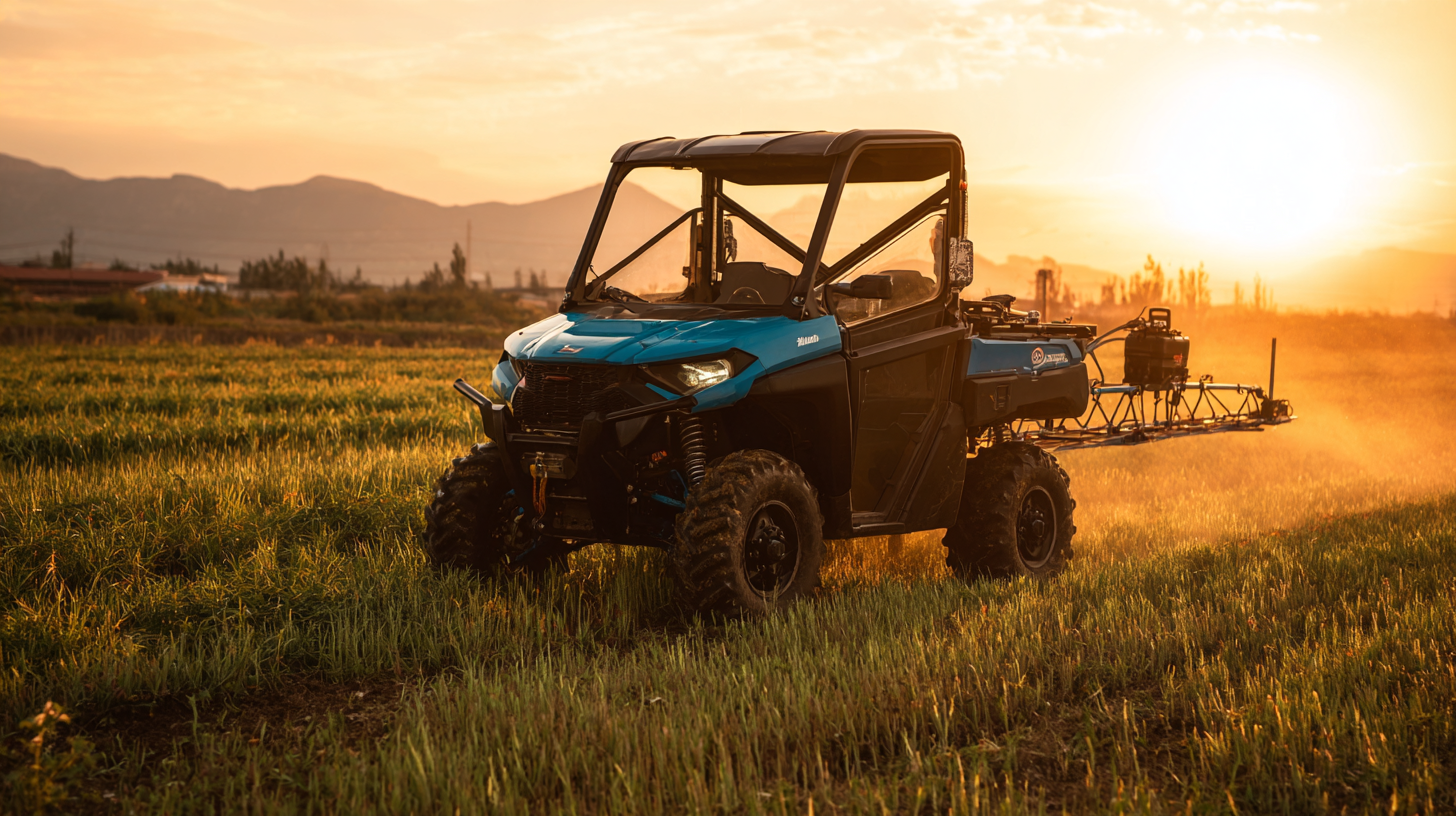
Determining Your Agricultural Spraying Requirements and Goals
When selecting the right UTV sprayer for your agricultural needs, it's crucial to start by clearly defining your spraying requirements and goals. According to the Agricultural Engineering Research Institute, approximately 30% of crop yield potential can be lost due to inadequate pest and weed management, underscoring the importance of effective spraying systems. Identify whether your priority is for broad coverage, precision applications, or specific crop types.
Moreover, the type of agricultural operation can significantly influence your sprayer choice. A 2022 report from the American Society of Agricultural and Biological Engineers indicates that over 60% of farmers prefer UTVs for their versatility in navigating small and uneven fields. Understanding the size of your fields, the types of chemicals used, and the expected spraying frequency can help optimize your UTV sprayer selection. Factors such as tank capacity, spray width, and nozzle types should be considered to align with your specific agricultural goals, ensuring efficiency and effective crop protection.
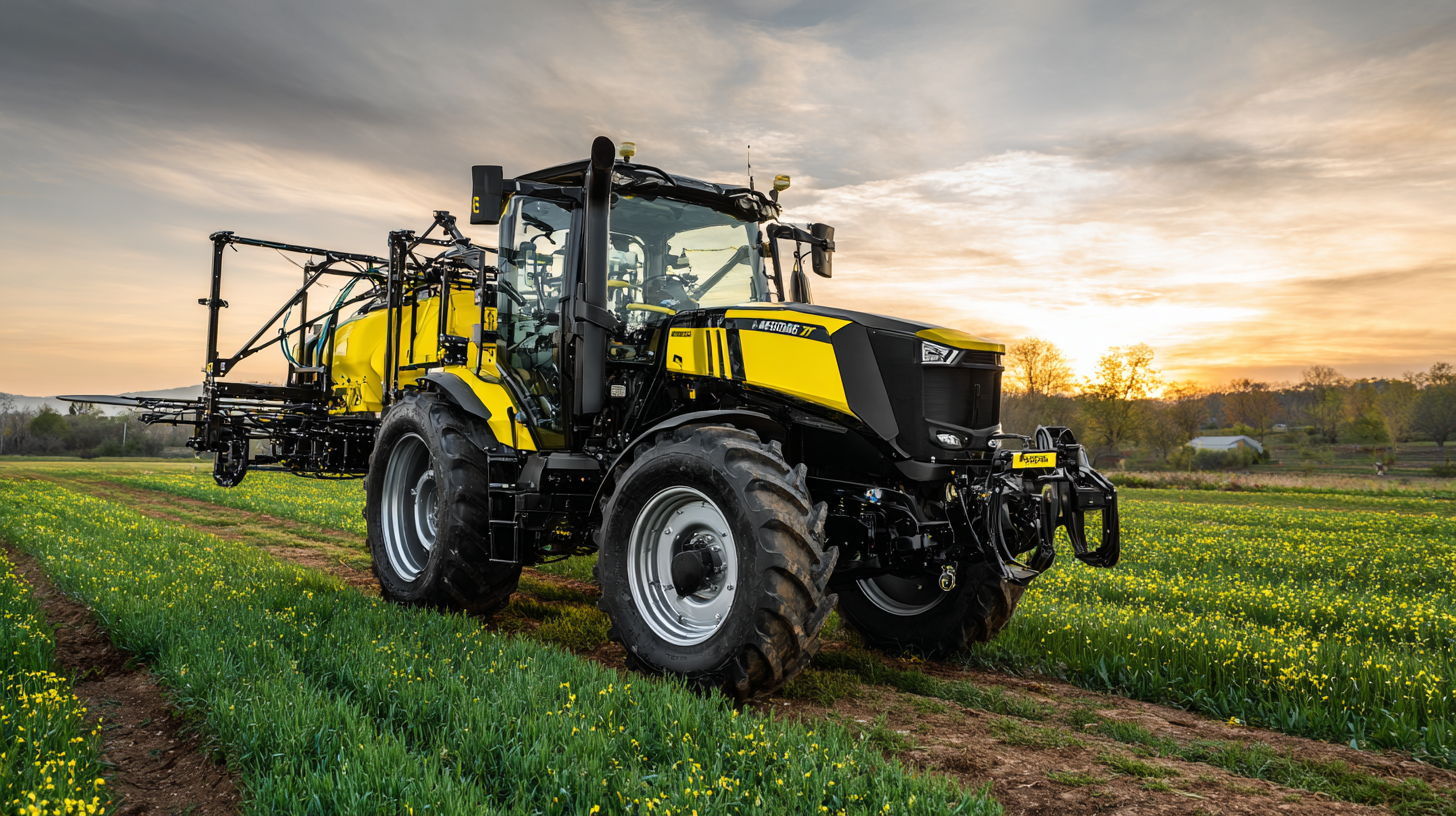
Evaluating UTV Compatibility and Size for Efficient Spraying
When selecting the right UTV sprayer for agricultural needs, understanding the compatibility and size of the UTV is paramount for effective spraying. A report from the National Agricultural Statistics Service reveals that the increasing scale of farms—over 60% of U.S. farms operate on over 1,000 acres—requires versatile equipment that can accommodate specific spraying tasks effectively. UTVs that are too small may struggle with capacity, while oversized units can lead to inefficiencies in maneuverability and target precision.
Moreover, the compatibility of UTV sprayers with various terrains can significantly impact their application efficacy. A recent study from the Agricultural and Biological Engineering Society indicates that sprayers designed to operate on uneven or sloped surfaces improve the overall coverage of pesticides and fertilizers by 30%. This highlights the importance of choosing a UTV sprayer not only based on its size but also its adaptability to different farming conditions. Ensuring that the selected UTV sprayer is compatible with your specific UTV model can lead directly to enhanced operational efficiency and a better return on investment.
How to Choose the Right UTV Sprayer for Your Agricultural Needs
| UTV Model | Tank Capacity (Gallons) | Spray Width (Feet) | Compatible UTV Size (Feet) | Weight ( lbs ) | Price ($) |
|---|---|---|---|---|---|
| Model A | 25 | 10 | 5.5 x 4 | 120 | 1500 |
| Model B | 30 | 12 | 6 x 4.5 | 145 | 1800 |
| Model C | 40 | 14 | 7 x 5 | 160 | 2200 |
| Model D | 50 | 16 | 7.5 x 5.5 | 175 | 2500 |
Exploring Different Types of UTV Sprayers on the Market
When selecting a UTV sprayer for your agricultural needs, it’s essential to understand the different types available on the market. UTV sprayers generally fall into three categories: tow-behind sprayers, skid sprayers, and tank sprayers. Tow-behind sprayers are ideal for larger fields, allowing for extensive coverage while being towed behind the vehicle. Skid sprayers, on the other hand, are designed to be mounted in the bed of a UTV, providing versatility for varied terrains. Lastly, tank sprayers offer a compact solution with a fixed tank that can be useful for smaller jobs or garden applications.
**Tips:** When choosing a UTV sprayer, consider the size of your operation. For extensive acreage, opt for a tow-behind sprayer with a larger capacity. If you frequently navigate tight areas or uneven ground, a skid sprayer will provide the flexibility you need. Additionally, pay attention to the nozzle types and spray patterns available, as they can significantly impact the efficiency of your application.
Another important factor is the pump capacity and power source of the sprayer. A more robust pump can handle larger jobs and heavier liquids, ensuring efficient performance. Make sure to match the sprayer’s capabilities with your specific agricultural tasks. With careful consideration of these factors, you can select the UTV sprayer that best meets the demands of your agricultural activities.
Comparison of Different Types of UTV Sprayers for Agricultural Needs
Assessing Key Features: Nozzles, Tanks, and Pump Options
When selecting a UTV sprayer for agricultural applications, focusing on key features—specifically nozzles, tanks, and pump options—is crucial for effective performance. According to a report by the Agricultural Sprayer Manufacturers Association, the type and quality of nozzles can significantly impact spray accuracy and coverage, which can lead to improved crop yields and reduced chemical use. Adjustable spray patterns and droplet sizes are essential features to consider, as they allow for precise application tailored to different crops and terrains.
Tank capacity is another critical consideration, as it dictates the duration and efficiency of spraying tasks. Industry standards indicate that a tank size ranging from 25 to 150 gallons is typically suitable for most UTVs, allowing operators to cover larger areas without frequent refills. Additionally, the tank material—whether polyethylene or stainless steel—affects both durability and resistance to chemicals. Lastly, the pump options vary widely, with diaphragm pumps being favored for their ability to handle viscous liquids and provide consistent pressure, essential for effective spraying. Research shows that selecting the right pump can enhance the operational efficiency by up to 30%, thereby optimizing field productivity.
Considering Budget and Maintenance for Long-Term Use
In today's competitive landscape, property management of high-end office buildings must extend beyond standard client services to ensure long-term success. This involves a holistic consideration of budget and maintenance, paralleling the selection process for essential agricultural tools like UTV sprayers. Just as businesses evaluate the cost-effectiveness and durability of their equipment, property managers must implement strategies that not only address immediate client needs but also safeguard the building's integrity and value over time.
By analyzing maintenance schedules and budget allocations effectively, property managers can enhance the operational efficiency of office buildings. This proactive approach allows for timely interventions, reducing the risk of major repairs and ensuring that facilities remain appealing to tenants. Moreover, fostering a collaborative relationship with clients based on transparency regarding service costs and maintenance plans can cultivate trust and loyalty, ultimately elevating the property’s reputation as a premier business address.
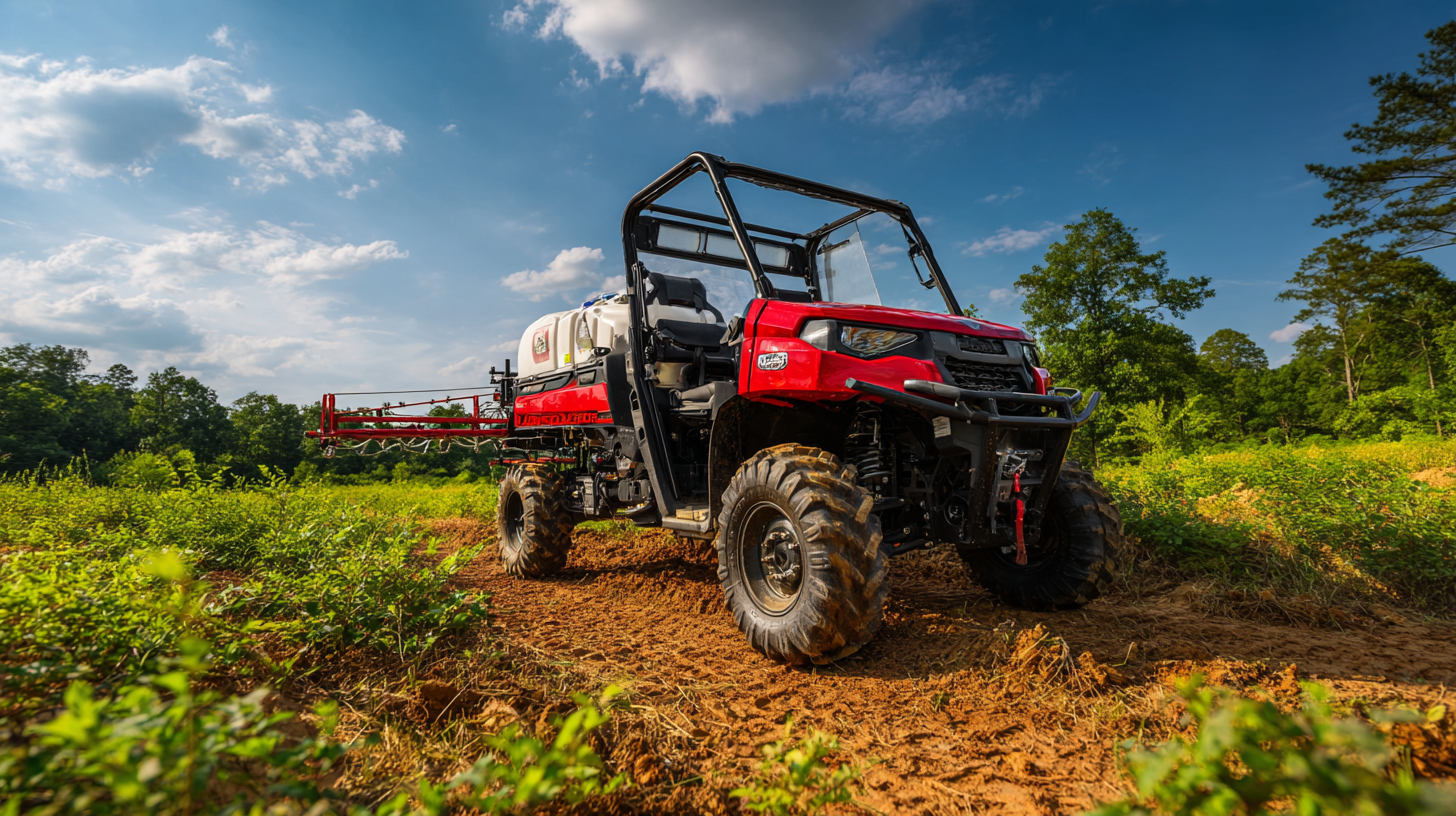
Related Posts
-

The Future of UTV Sprayers with Boom Enhancements for Efficient Agriculture
-
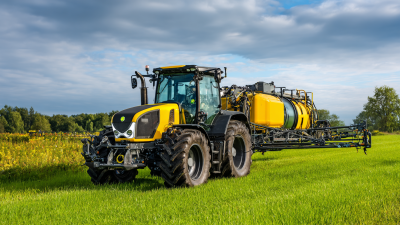
What is a UTV Sprayer and How Can It Optimize Your Farming Efficiency?
-
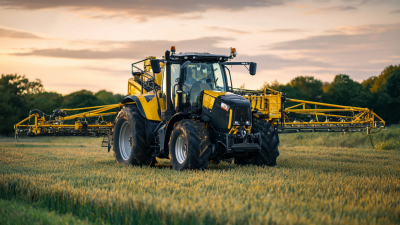
7 Best Boom Sprayers for Tractors to Boost Your Farming Efficiency
-

Common Challenges Encountered with Battery Powered Sprayers in Commercial Use
-

Innovative Solutions for Efficient Trailer Sprayer Applications
-
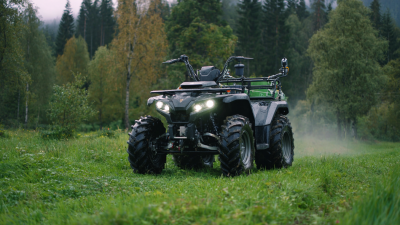
How to Optimize Your Boomless ATV Sprayer for Maximum Efficiency